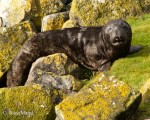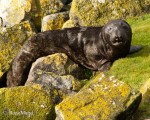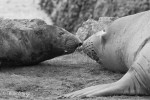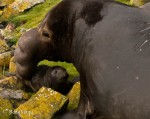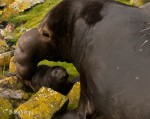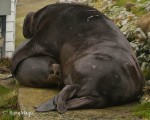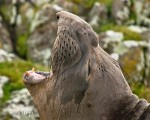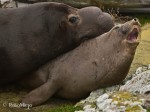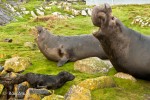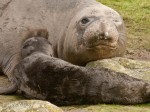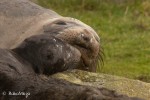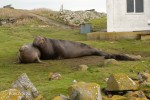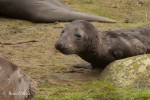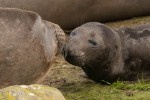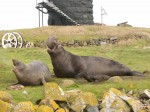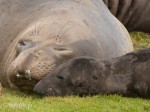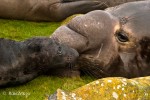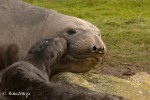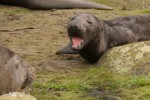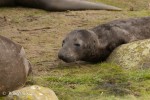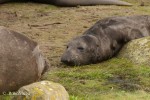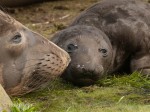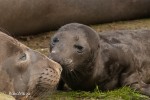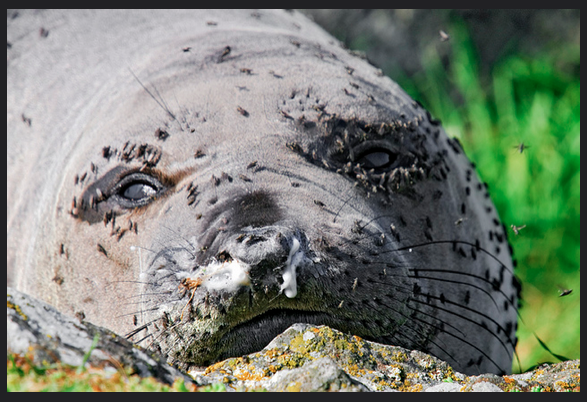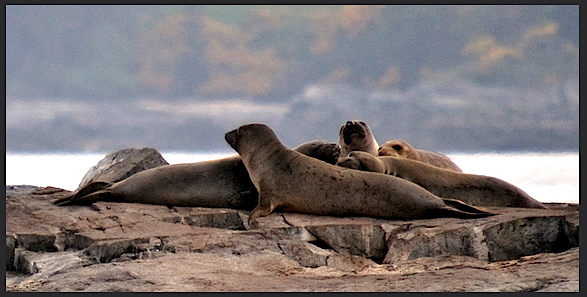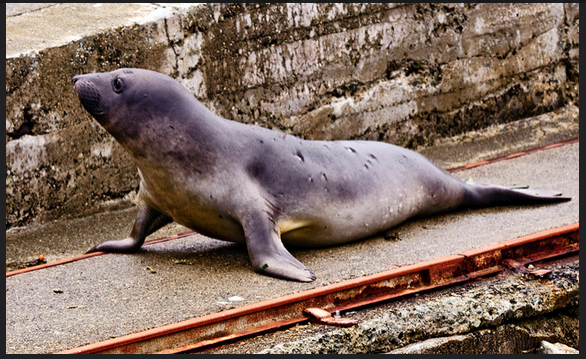-110, ‘2010-06-21’, ‘Other’, 0, ‘As we officially kick off summer, I thought I ”d give a bit of an update on life on the island right now. The black oystercatcher chicks have hatched in the nest up beside the jetty and down off the tank room! While outside doing some cleanup yesterday morning, I spotted at least one chick, and I suspect there may be more, as there were three eggs in total. This hatching brings some relief, as all of us were quite worried about this nest. Mother oystercatcher had not been spending as much time on her nest as she should have, what with the high traffic transiting the area. However, last week I cordoned off the area with large ropes and she settled down a lot, just in time for the hatching. I also set up camera 3 beside the nest; it can be viewed at http://www.racerocks.com/racerock/video3.htm. I apologize in advance for the moisture on the lens; we ”ve had some high winds and rain over the last day and it has become a bit dirty. At this point though, I ”m a bit apprehensive to get close and clean it, as it ”s really only a foot away from the nest. There are at least two other nests on the island with chicks; one in the surge channel facing the southeast, and one in the channel facing the southwest. In other news, Bertha has decided to make a reappearance on the island after a few days off in the water somewhere. She is hauled up in her favourite spot behind the tank room. Her bad eye is looking worse than ever, and is dripping quite a lot of serum. #4252 is up beside the base of the lighthouse, on the side adjacent to the desalinator bunker, and seems to be enjoying the shelter of the long grasses. Misery is up around the science house somewhere. From the house this morning, I also noticed a possibly fourth, middle-aged, female elephant seal making her way up from the boat ramp -it may have been Bertha though, it ”s hard to tell). Yesterday, three harlequin ducks were spotted in the southeast surge channel, sitting contentedly on rocks. There appeared to be two males and one female. I took some pictures yesterday, but am not sure if they turned out because of the distance. Check on my Flickr site later: http://www.flickr.com/photos/adamharding/. Most seagulls have now settled down into their nests, with a few still mating. Nest numbers seem to be down from this time last year. Enjoy the solstice!’, ‘adam’, ’07:57:59 ,



